
Prepare Your Home for Winter with These Cleaning Tips
Get your home winter-ready with these essential cleaning tips. Learn how to tackle seasonal challenges like dust, drafts, and clutter to create a cozy, comfortable space. From deep-cleaning carpets to prepping heating systems, these practical steps will keep your home warm and inviting all season long.
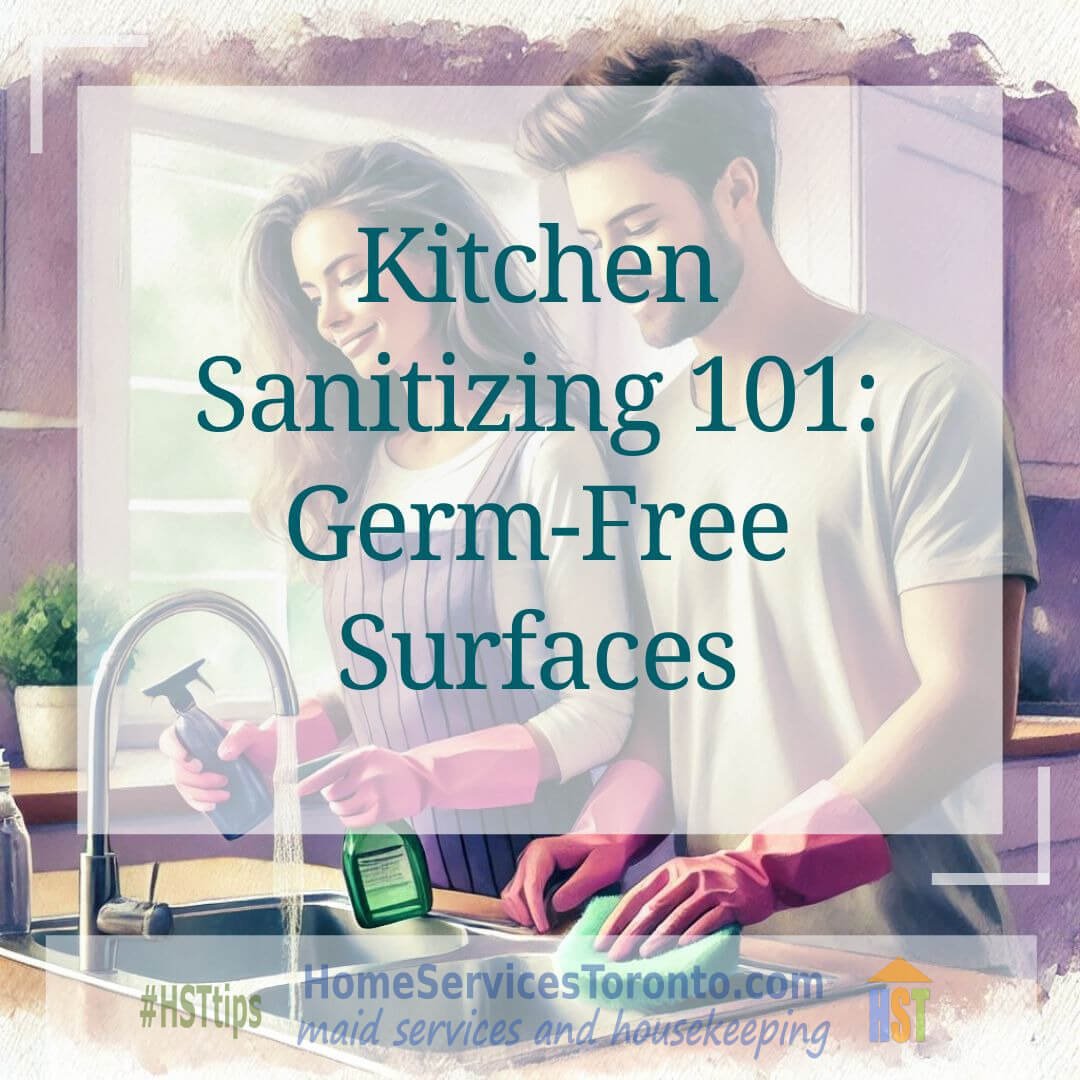
Kitchen Sanitizing 101: Germ-Free Surfaces
Master the art of cleaning hardwood floors with pro-level techniques. Discover simple, effective methods to remove dirt, prevent scratches, and restore shine without damaging your floors. From choosing the right tools to safe cleaning solutions, these expert tips will keep your hardwood floors flawless and long-lasting.
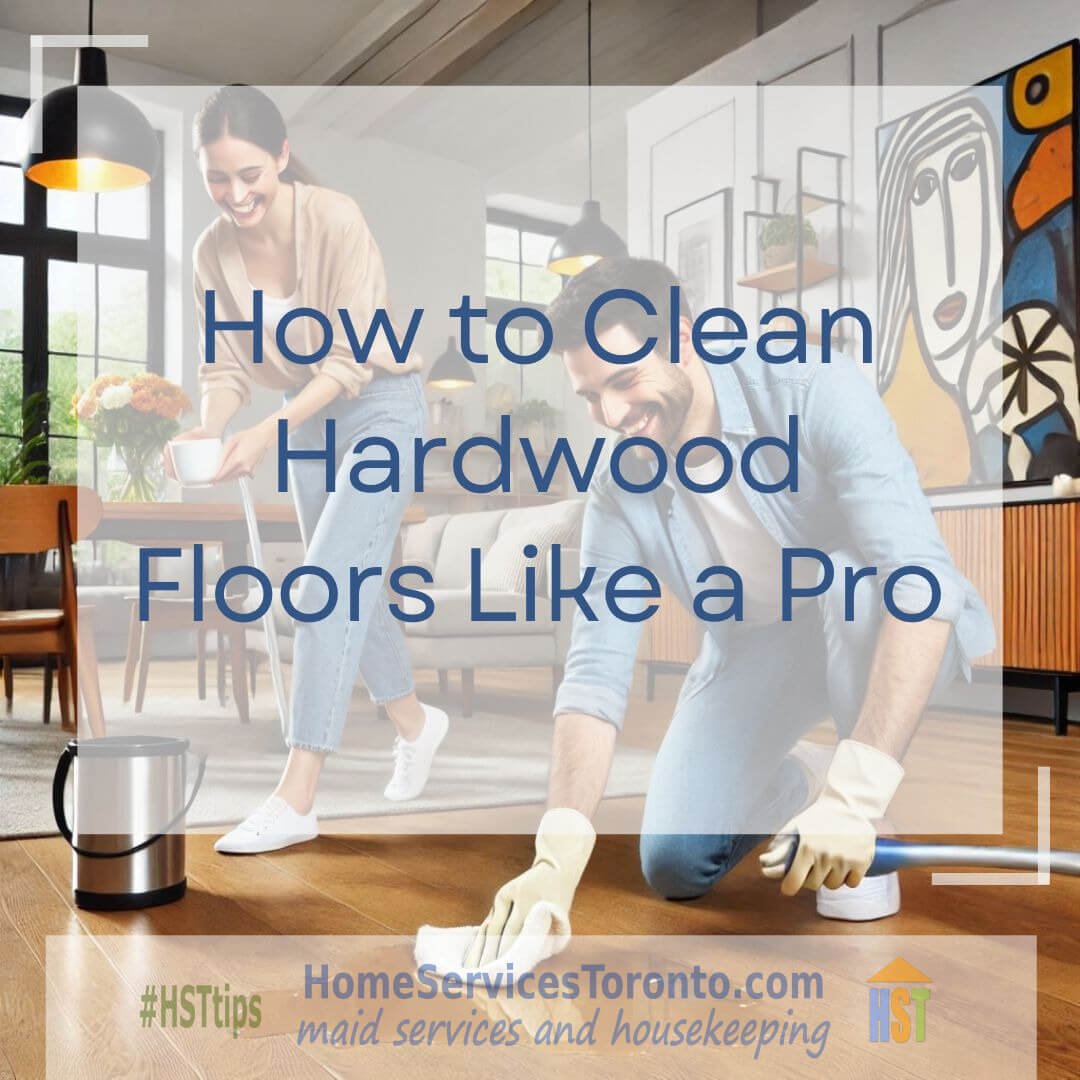
How to Clean Hardwood Floors Like a Pro
Learn professional techniques to clean hardwood floors effortlessly. Uncover expert tips for removing grime, protecting against wear, and maintaining a radiant finish. With the right tools and safe cleaning methods, you can keep your hardwood floors pristine and durable for years to come.
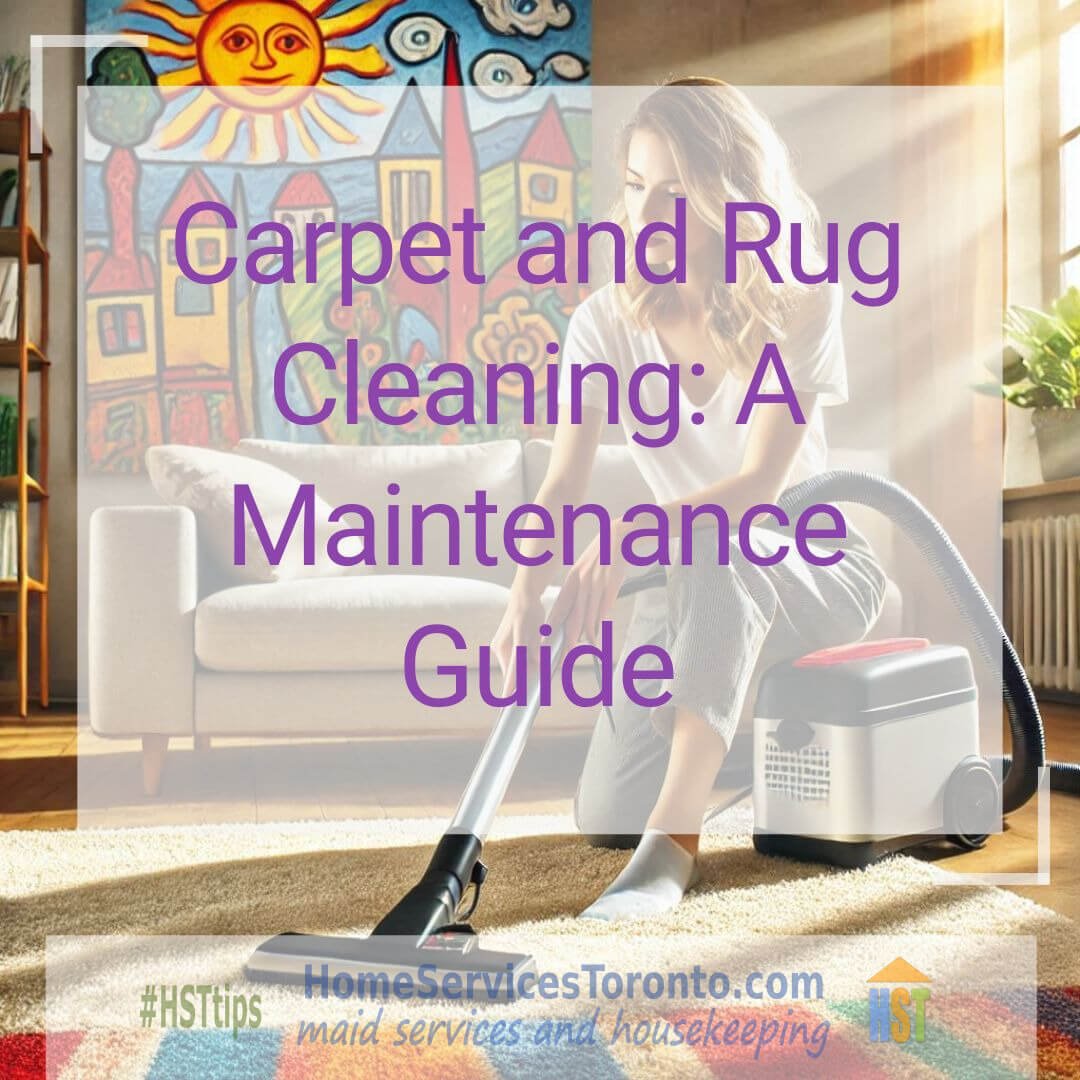
Carpet and Rug Cleaning: A Maintenance Guide
Keep your carpets and rugs pristine with this comprehensive cleaning and maintenance guide. Learn expert tips for tackling stains, refreshing fibers, and extending the life of your flooring. From routine vacuuming to deep-cleaning methods, these practical steps will ensure your carpets stay fresh and vibrant year-round.

Top Reasons to Hire Professional Home Cleaners
Explore the top reasons to hire professional home cleaners and transform your living space. Save time, reduce stress, and enjoy a spotless home with expert cleaning services. From advanced tools to eco-friendly solutions, professionals deliver thorough results tailored to your needs, ensuring a healthier, more comfortable environment for you and your family.
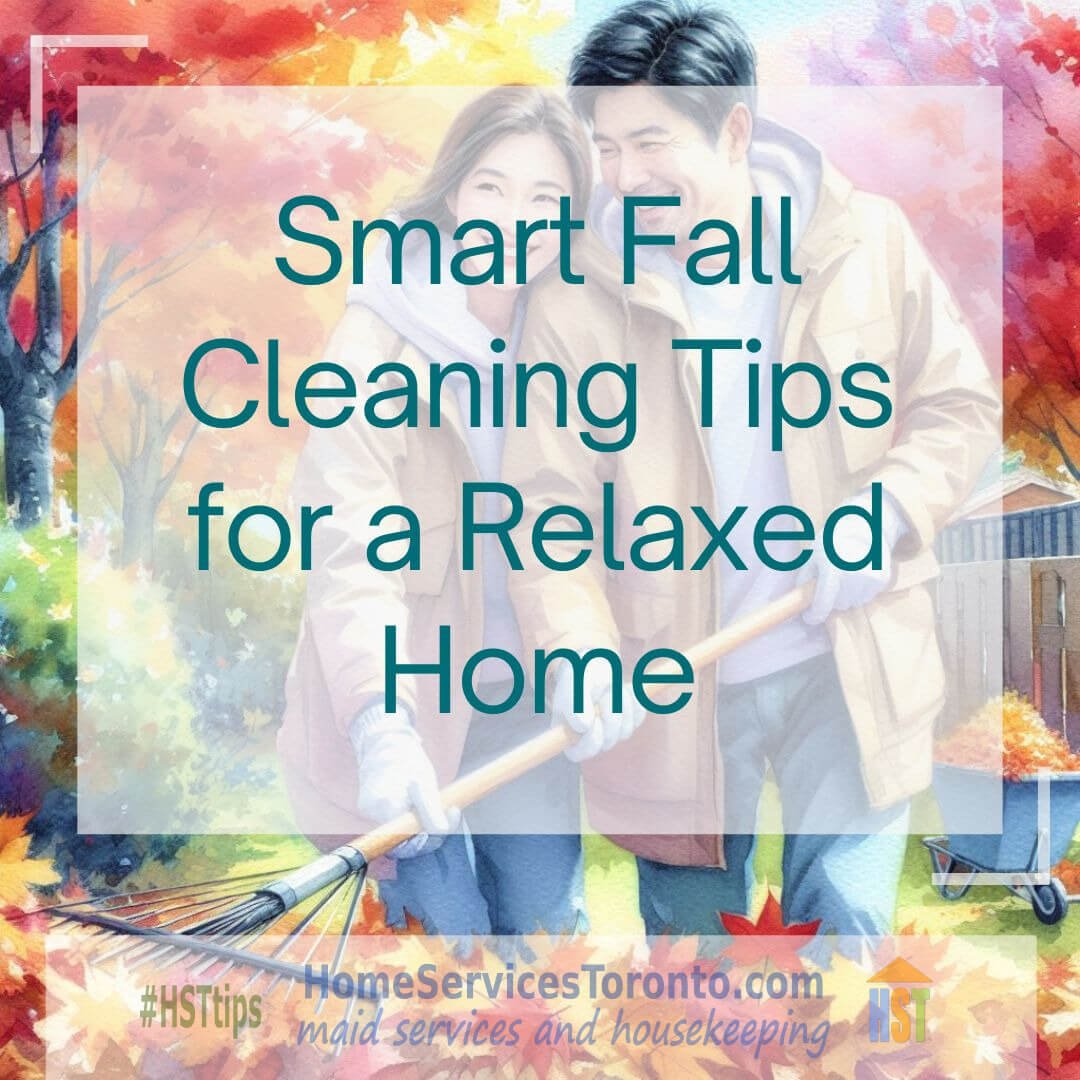
Smart Fall Cleaning Tips for a Relaxed Home
Embrace the season with smart fall cleaning tips for a well-organized home. Discover practical strategies to declutter, deep-clean, and prepare your space for cooler months. From refreshing linens to optimizing storage, these efficient ideas will keep your home tidy, cozy, and ready for fall festivities.

Cleaning Just Got Easier for Urban Families
Simplify your home cleaning with tips designed for busy urban families. Learn quick, effective strategies to maintain a tidy space amidst hectic schedules. From smart organization hacks to time-saving cleaning routines, these practical solutions make keeping your home fresh and clutter-free easier than ever.
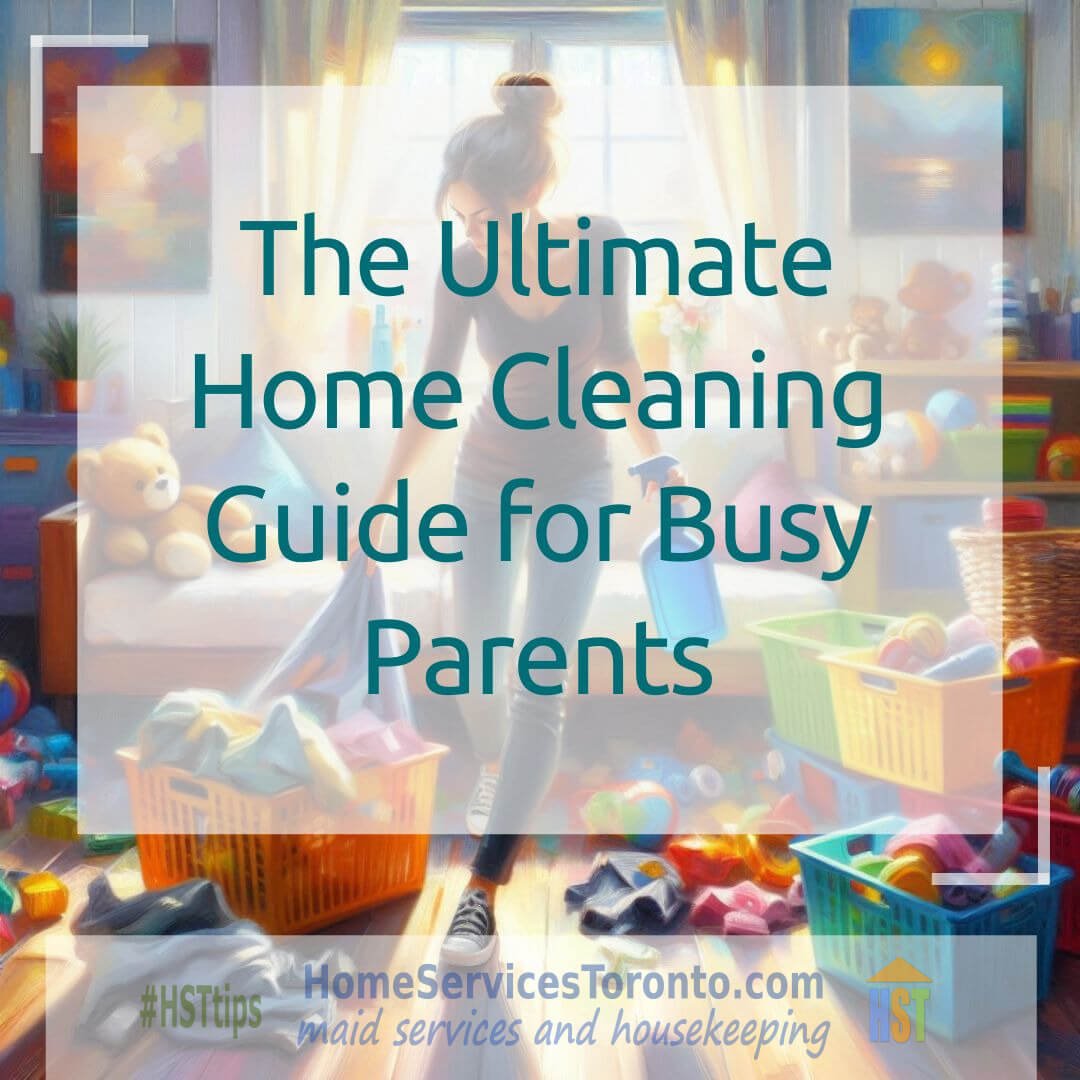
The Ultimate Home Cleaning Guide for Busy Parents
Master home cleaning with this ultimate guide tailored for busy parents. Discover time-efficient tips, kid-friendly cleaning hacks, and simple routines to keep your home spotless. From tackling messes to organizing chaos, these practical strategies help you maintain a clean, stress-free environment while juggling family life.
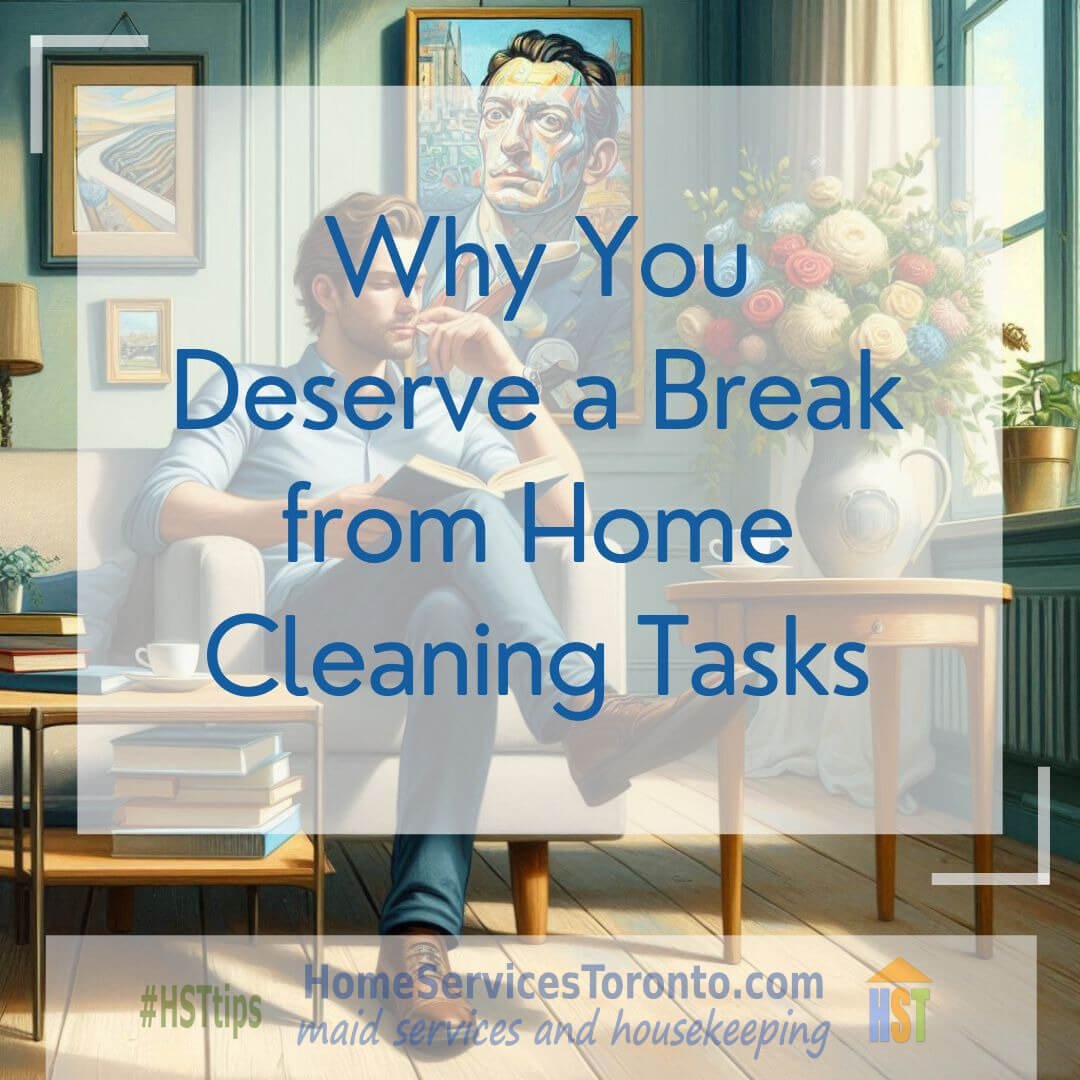
Why You Deserve a Break from Home Cleaning Tasks
Find out why you deserve a break from home cleaning and how to make it happen. Explore the benefits of outsourcing chores to reclaim your time and reduce stress. With professional cleaning services, enjoy a sparkling home and more moments for yourself without the burden of endless tasks.

Expert Fall Cleaning Guide for Urban Homes
Revitalize your urban home with this expert fall cleaning guide. Learn tailored tips to declutter, deep-clean, and organize your space for the season ahead. From refreshing air quality to prepping cozy corners, these practical strategies ensure your city dwelling stays fresh, functional, and inviting all fall long.

Micro-Cleaning Magic: Transforming Your Home, One Spot at a Time
Discover the power of micro-cleaning to transform your home one spot at a time. Learn quick, targeted cleaning techniques that deliver big results with minimal effort. Perfect for busy schedules, these clever hacks keep your space sparkling and organized without overwhelming your day.
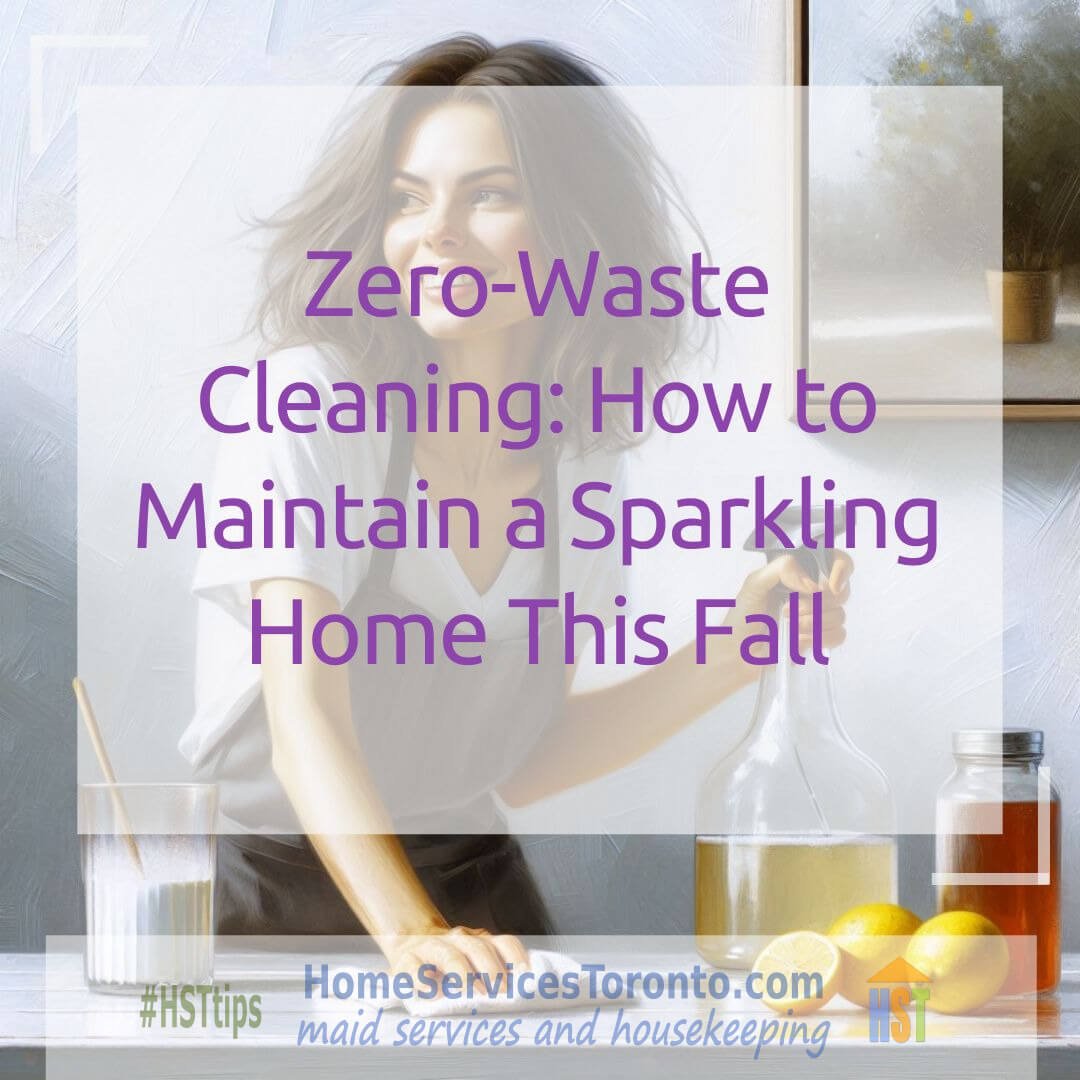
Zero-Waste Cleaning: How to Maintain a Sparkling Home This Fall
Achieve a sparkling home this fall with zero-waste cleaning tips. Explore eco-friendly methods using natural ingredients to keep your space fresh and sustainable. From DIY cleaners to waste-reducing habits, these practical ideas ensure a clean, green home that’s kind to the planet.
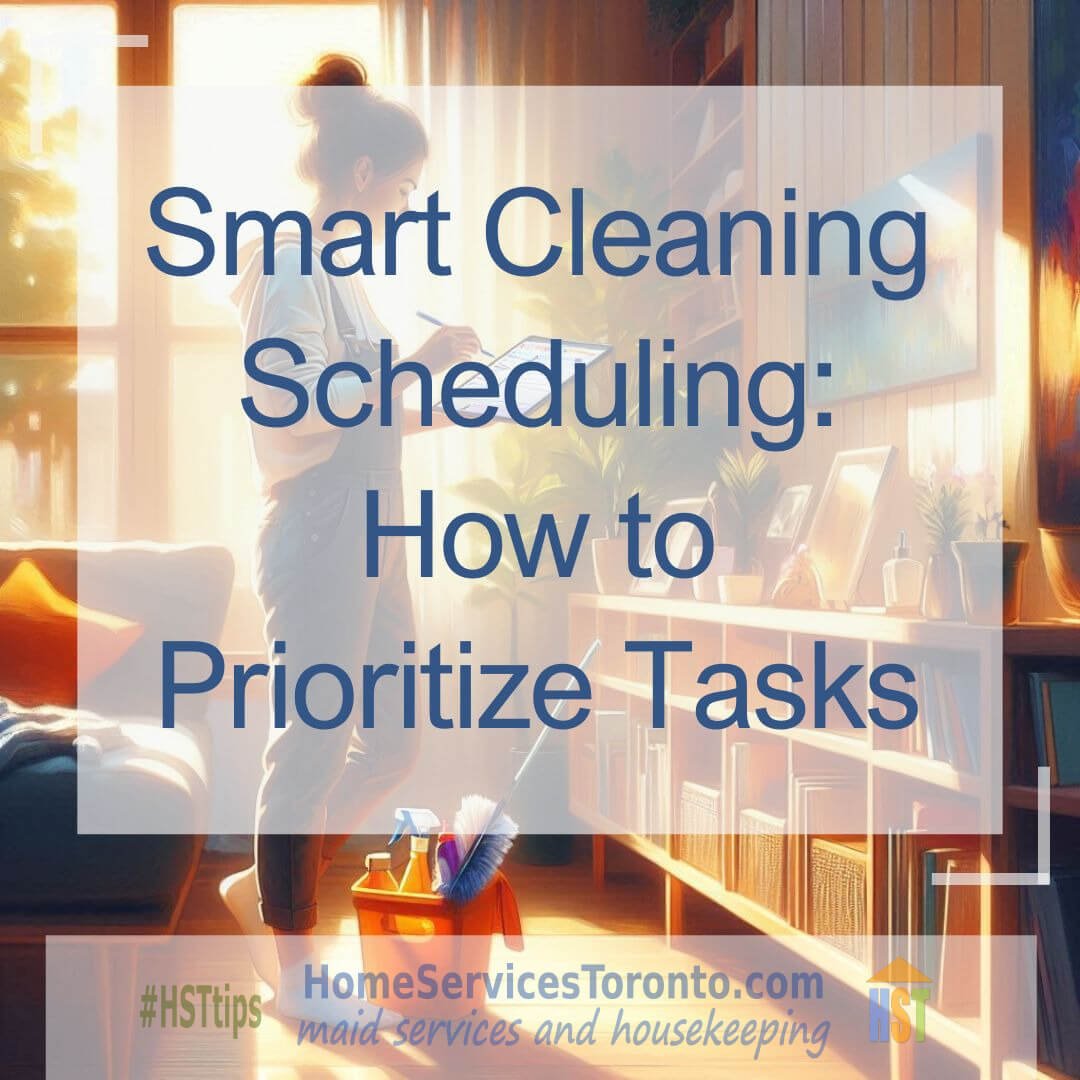
Title: Smart Cleaning Scheduling: How to Prioritize Tasks
Streamline your home maintenance with smart cleaning scheduling tips. Learn how to prioritize tasks and create efficient routines that fit your busy life. From daily touch-ups to seasonal deep cleans, these strategies keep your home spotless and organized with minimal stress.
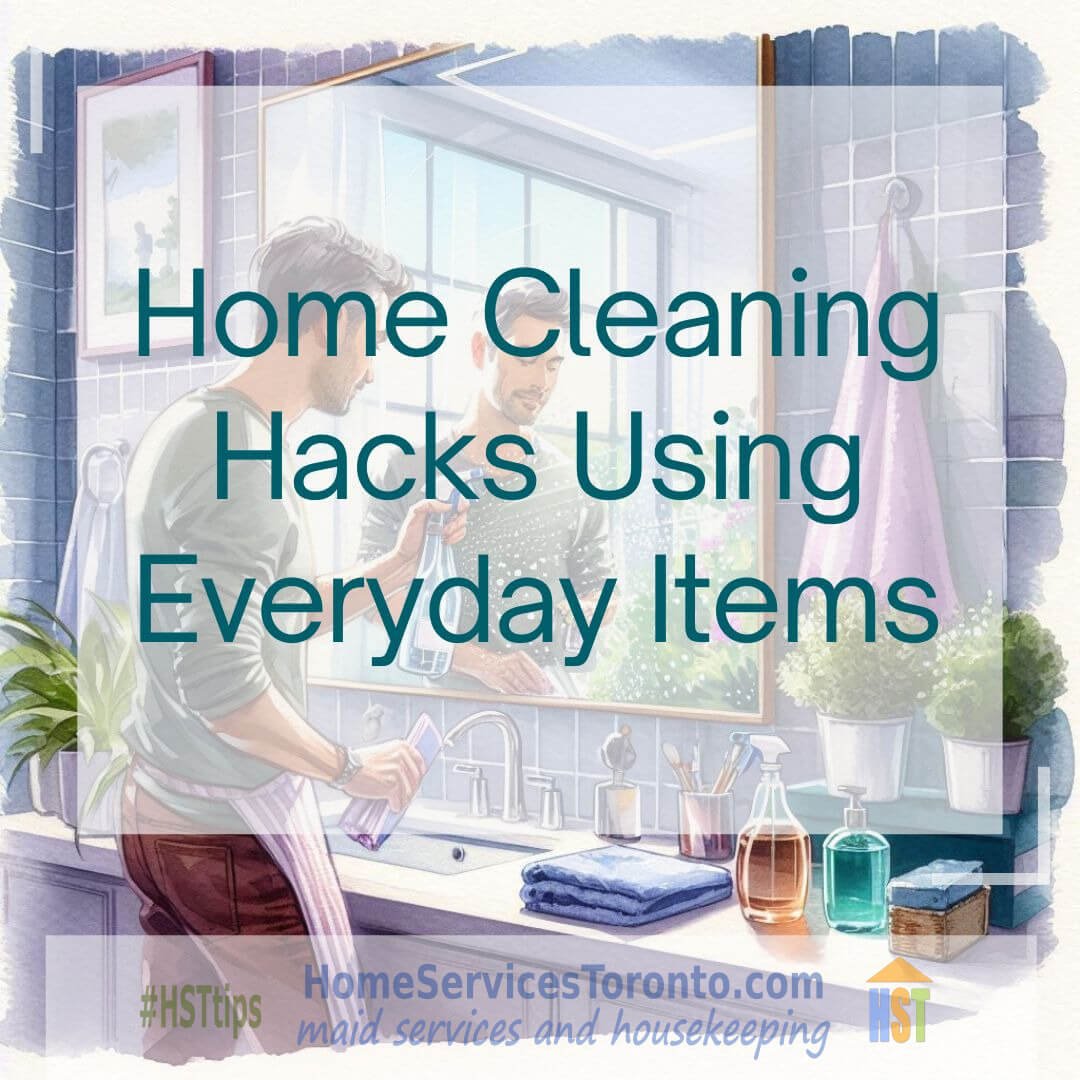
Home Cleaning Hacks Using Everyday Items
Unlock clever home cleaning hacks using everyday items you already own. Discover simple, budget-friendly tips to tackle tough stains, refresh surfaces, and declutter with ease. These creative solutions make keeping your home spotless fun, fast, and surprisingly effective without fancy products.
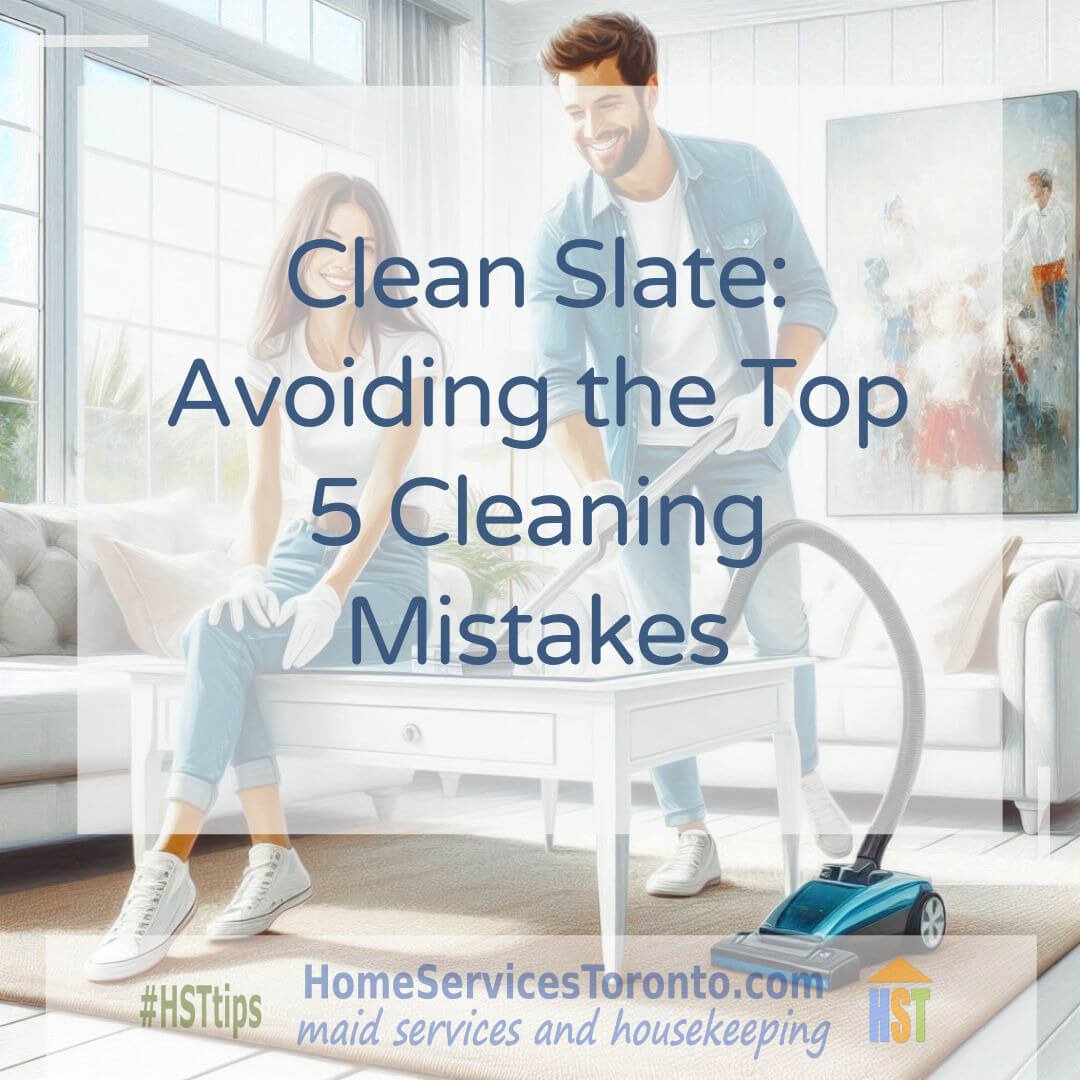
Clean Slate: Avoiding the Top 5 Cleaning Mistakes
Achieve a spotless home by avoiding the top five cleaning mistakes. Learn common pitfalls like using wrong products or skipping key steps, and discover expert tips to fix them. These practical insights ensure your cleaning efforts are efficient, effective, and leave your space truly pristine.

5 Unexpected Germ Hotspots in Your House: How to Keep Them Clean
Uncover five unexpected germ hotspots in your home and learn how to tackle them. From kitchen sponges to light switches, discover simple cleaning tips to keep these areas sanitary. These practical strategies help you maintain a healthier, cleaner living space with minimal effort.

10 Easy Ways to Make Your Home Feel Cozier This Fall
Want to create a warm and inviting atmosphere this fall? Discover simple yet effective decor tips to make your home cozier as the weather cools down. From seasonal accents to lighting tricks, learn how to transform your space into a snug retreat perfect for autumn. Get ready to embrace the season with style and comfort!
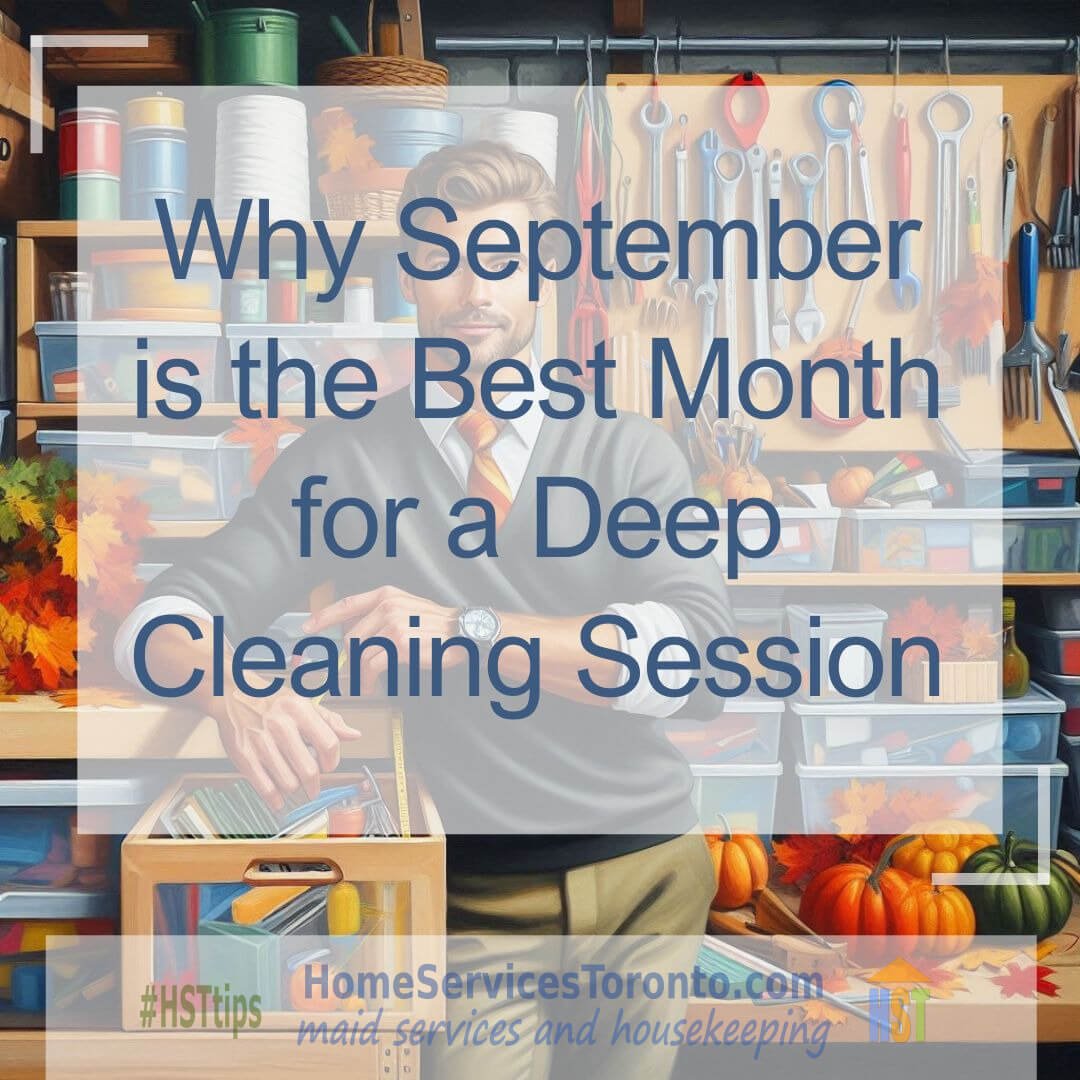
Why September is the Best Month for a Deep Cleaning Session
Is your home ready for the new season? September is the perfect time for a deep clean—cooler weather, fresh energy, and a chance to reset before the holidays. Discover why fall cleaning is more effective than spring cleaning and get expert tips to refresh your space efficiently. Say goodbye to dust and clutter, and hello to a spotless, organized home just in time for cozy season!

Why a Tidy Home Enhances Your Mood and Productivity
Did you know a tidy home can actually improve your mood and productivity? Clutter-free spaces reduce stress, boost focus, and create a more relaxing environment. Discover simple yet powerful cleaning and organizing tips to transform your home into a sanctuary of calm and efficiency. Learn how a little decluttering can lead to a happier, more productive you!
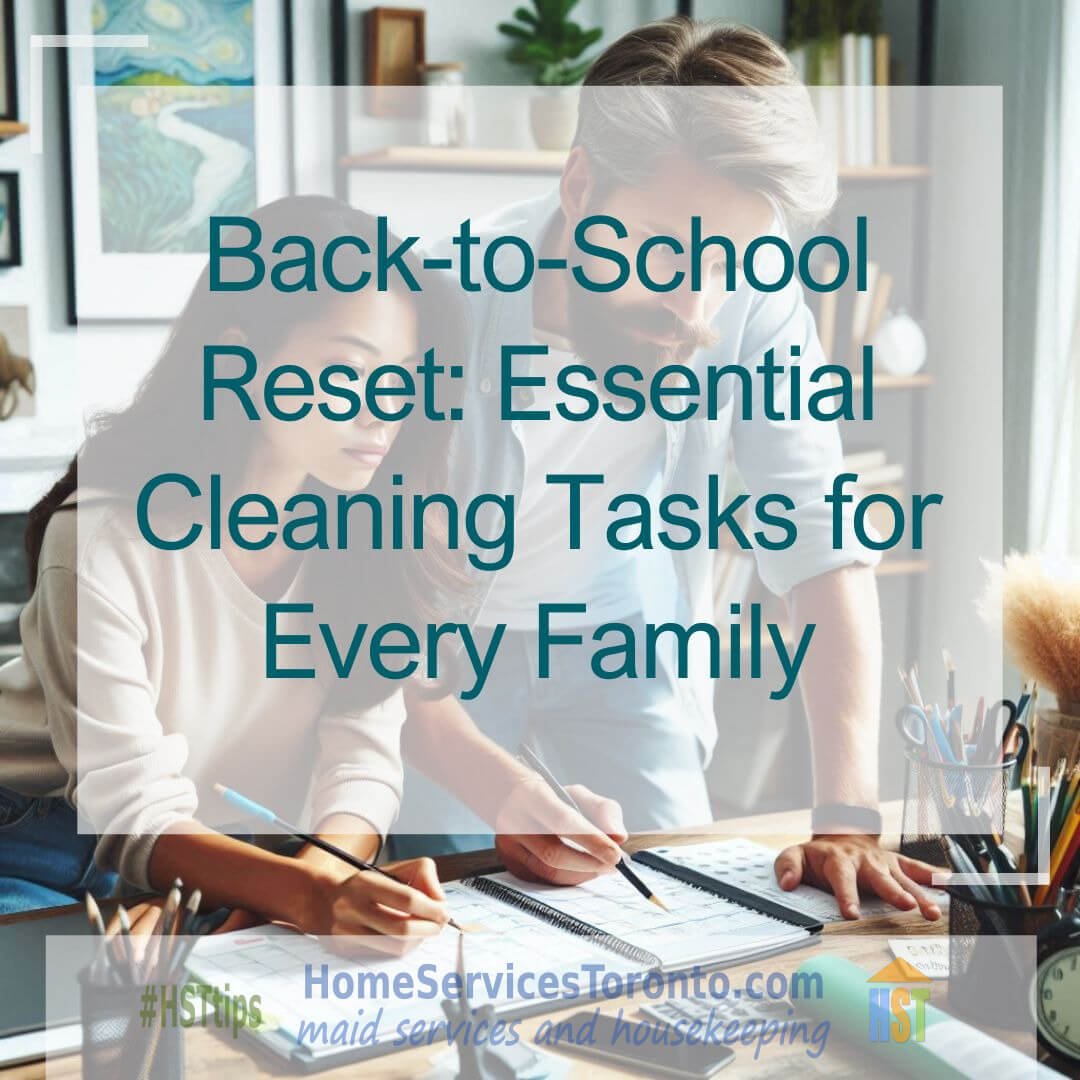
Back-to-School Reset: Essential Cleaning Tasks for Every Family
The back-to-school season is the perfect time for a home reset! Get your space organized and refreshed with these essential cleaning tasks. From decluttering study areas to deep-cleaning high-traffic zones, a little effort now sets the tone for a calmer, more productive year. Discover how a clean home can help your family transition smoothly into the school routine and reduce daily stress.
